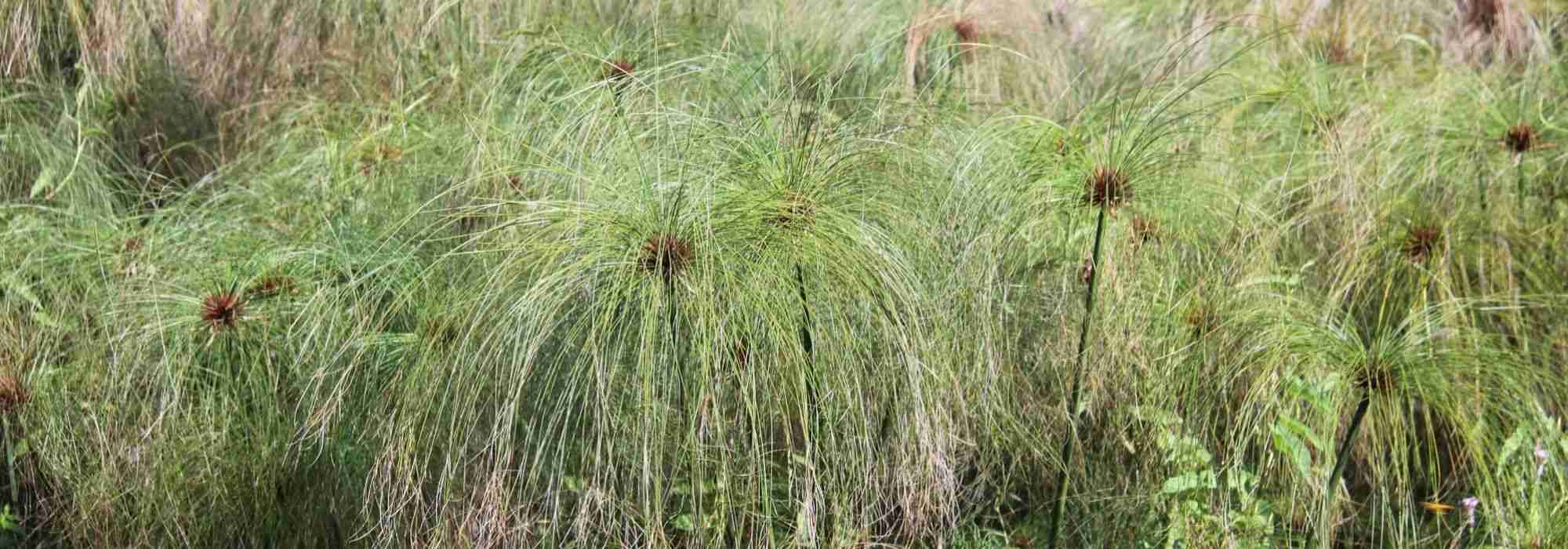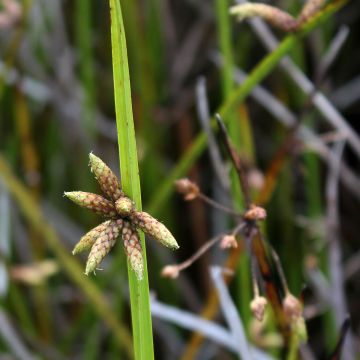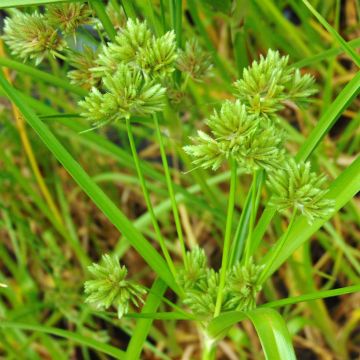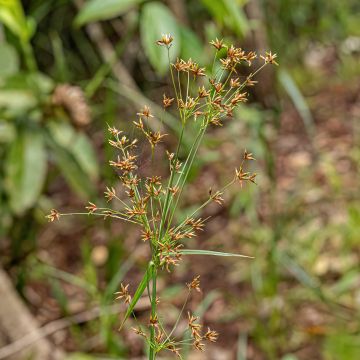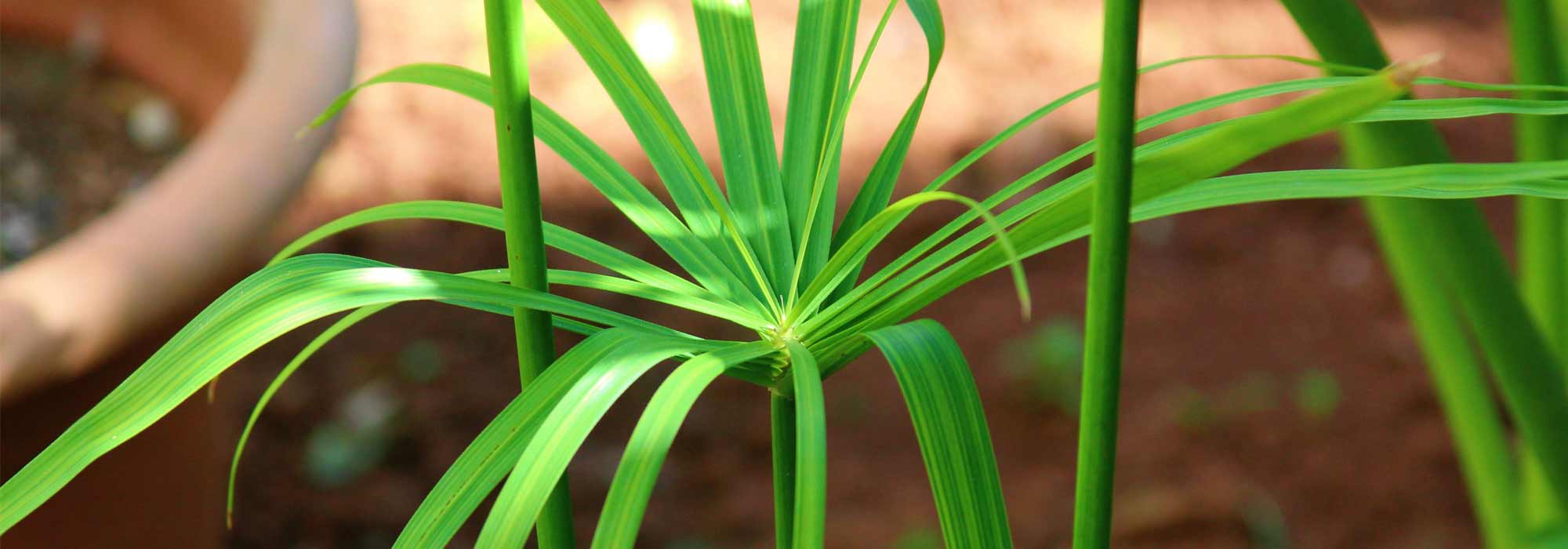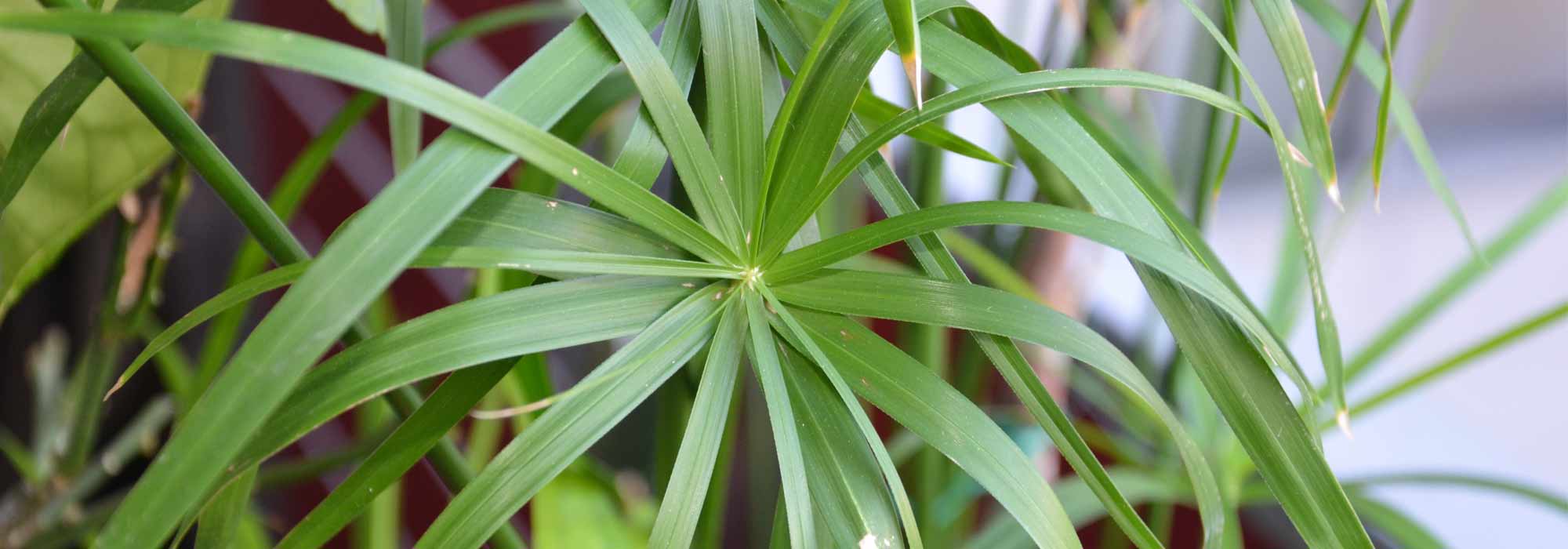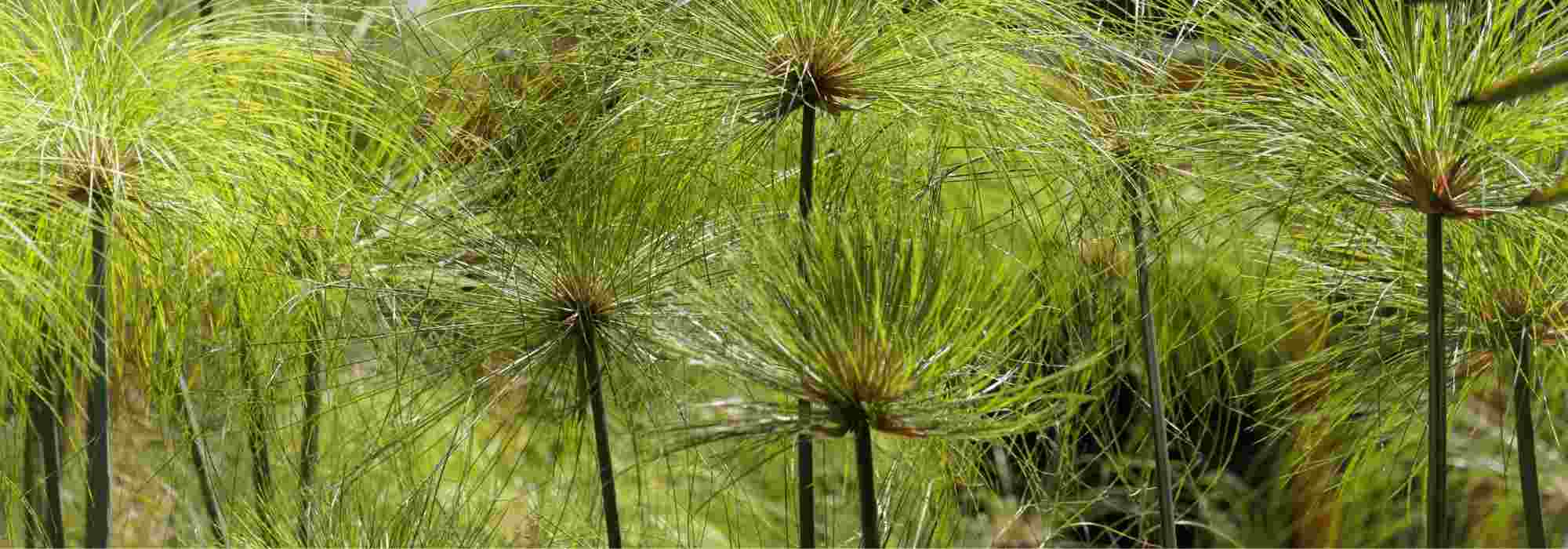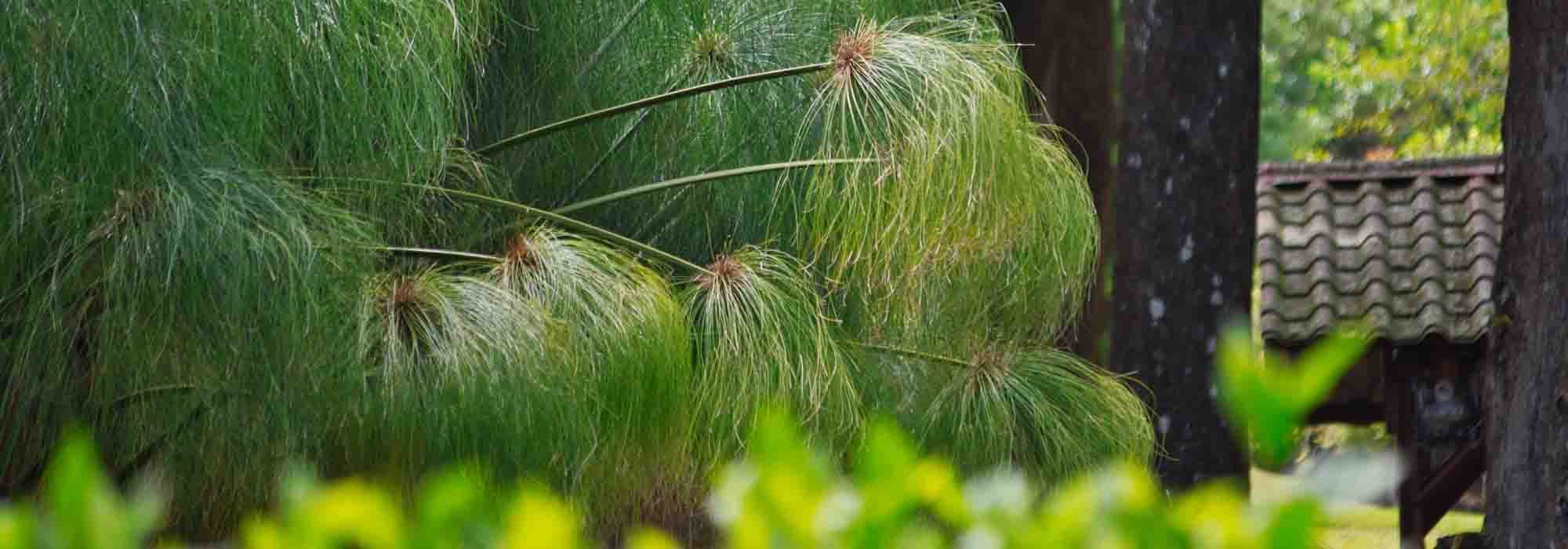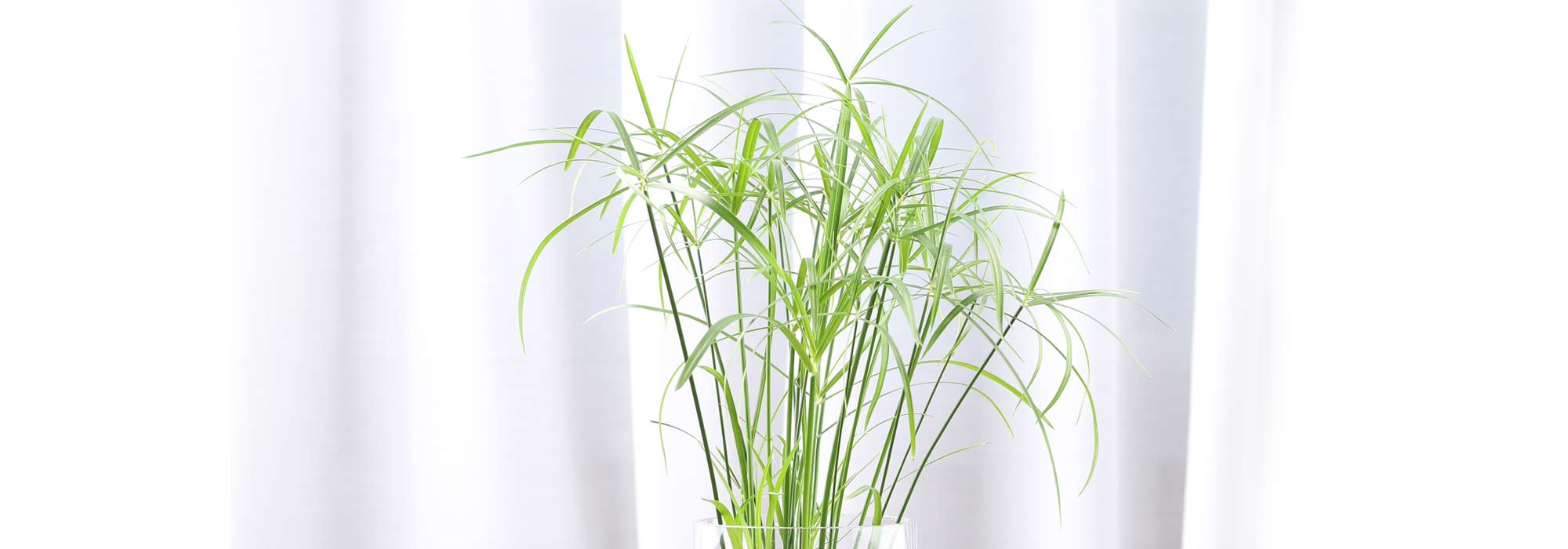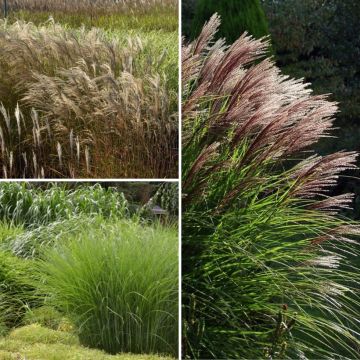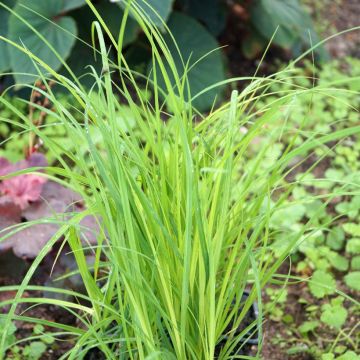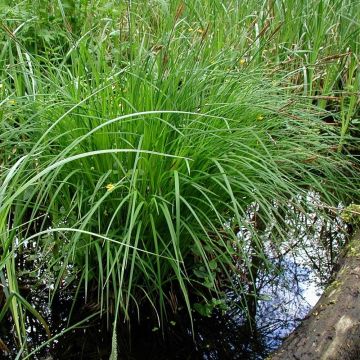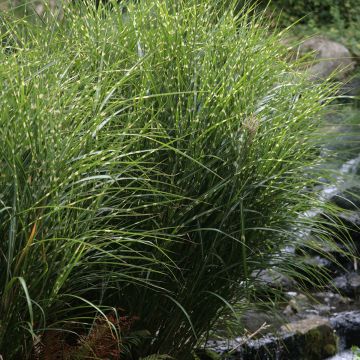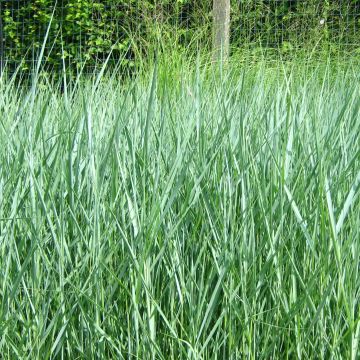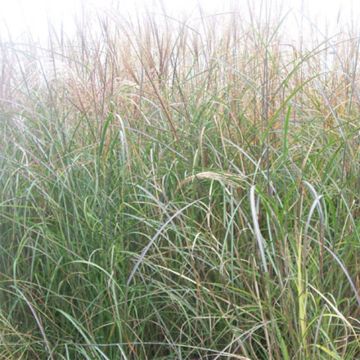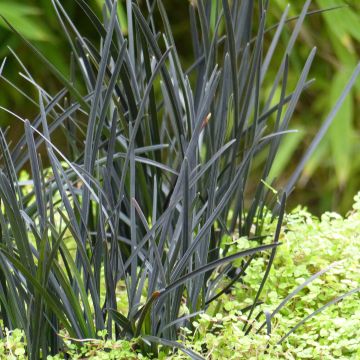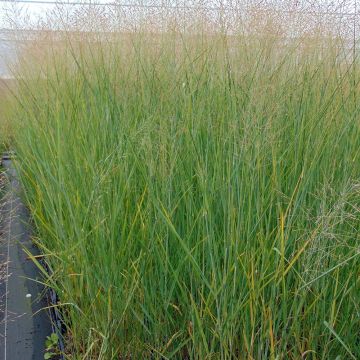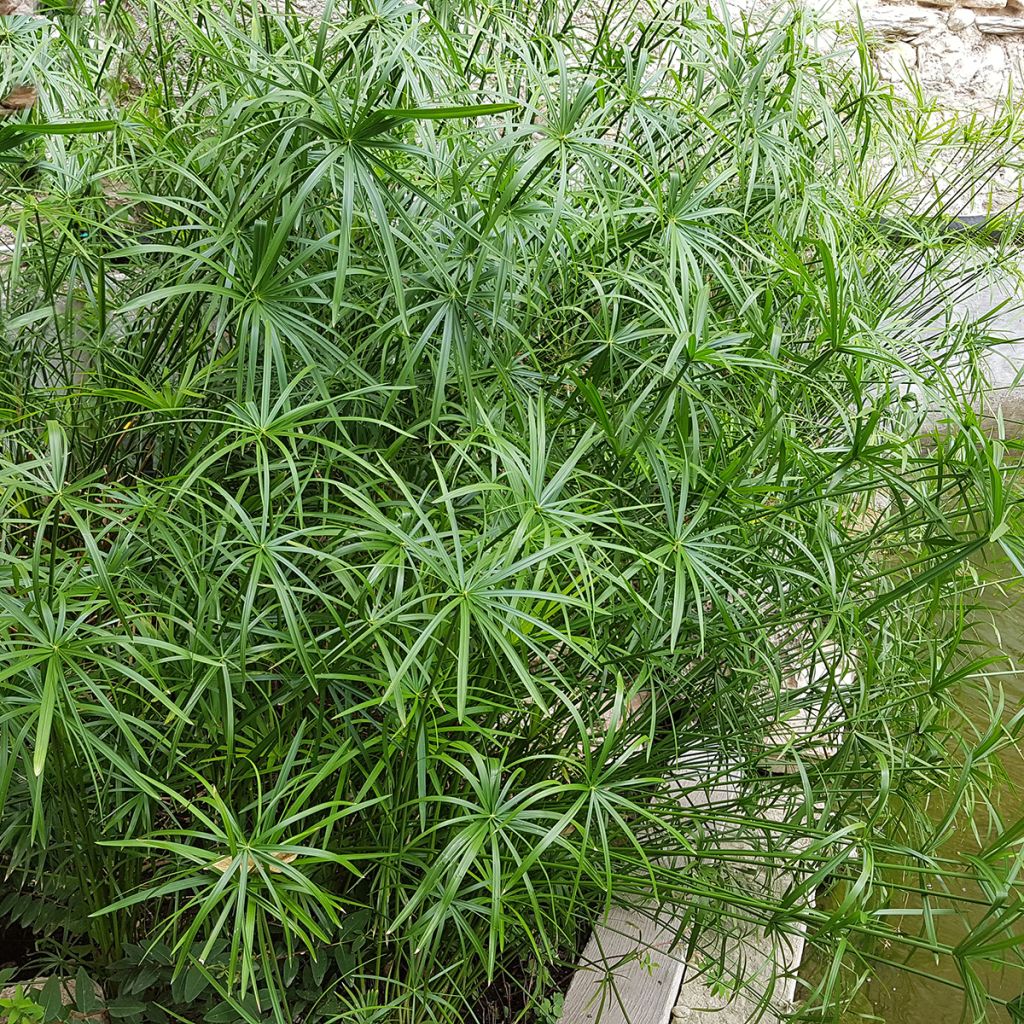

Cyperus alternifolius - Umbrella Papyrus
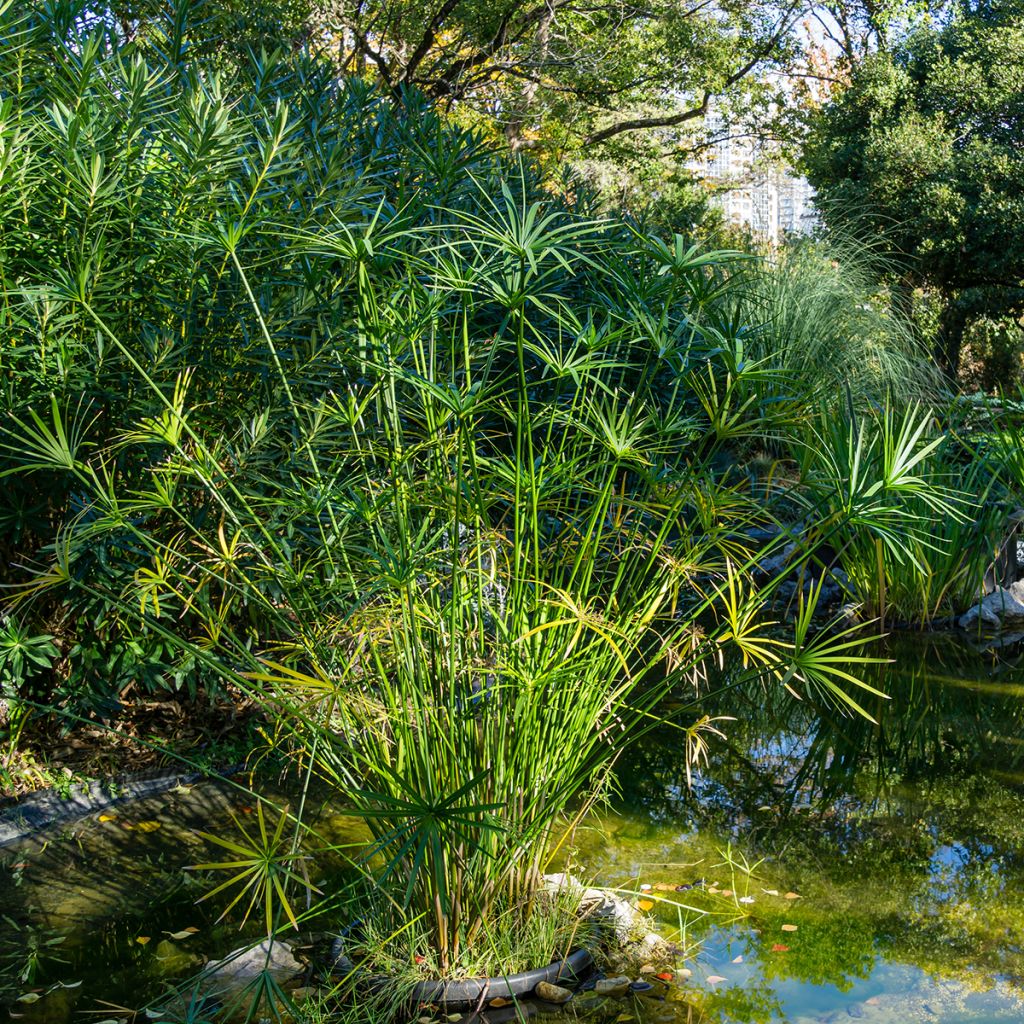

Cyperus alternifolius - Umbrella Papyrus
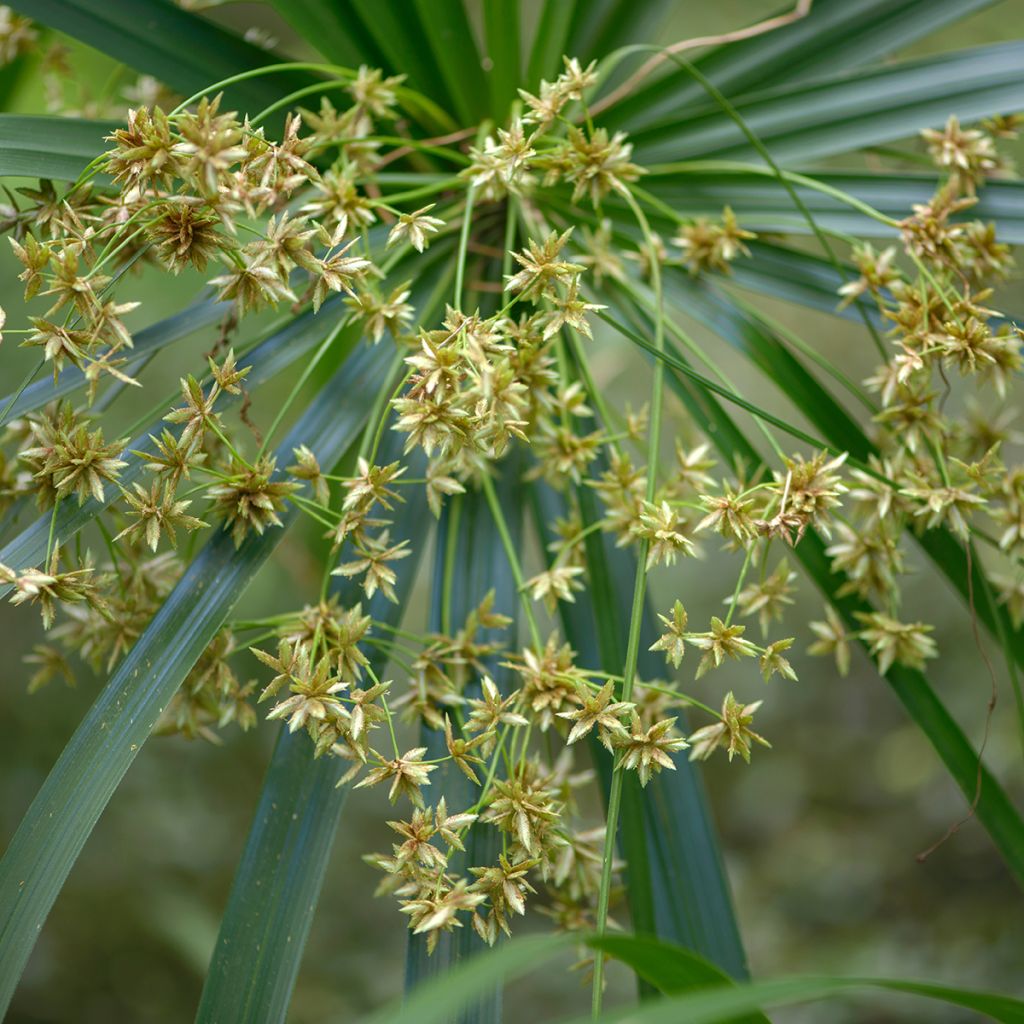

Cyperus alternifolius - Umbrella Papyrus
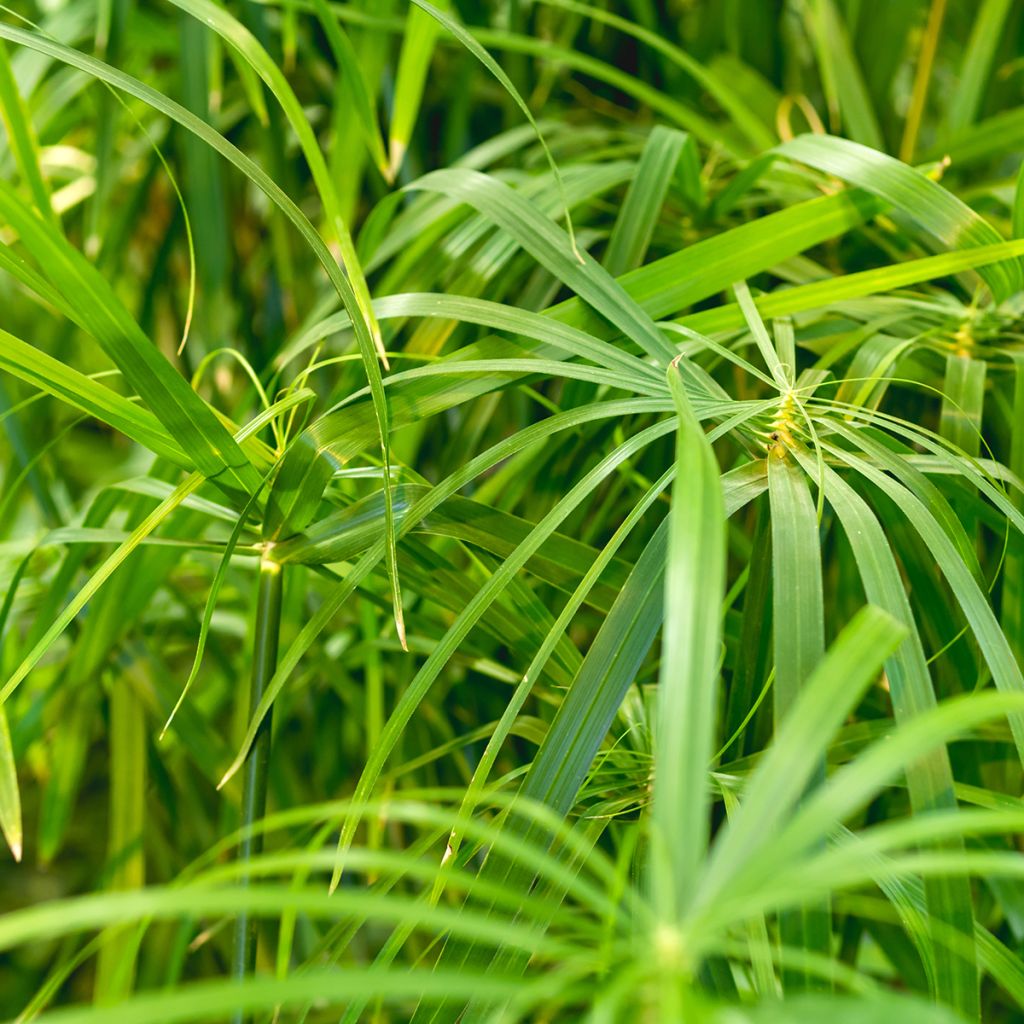

Cyperus alternifolius - Umbrella Papyrus
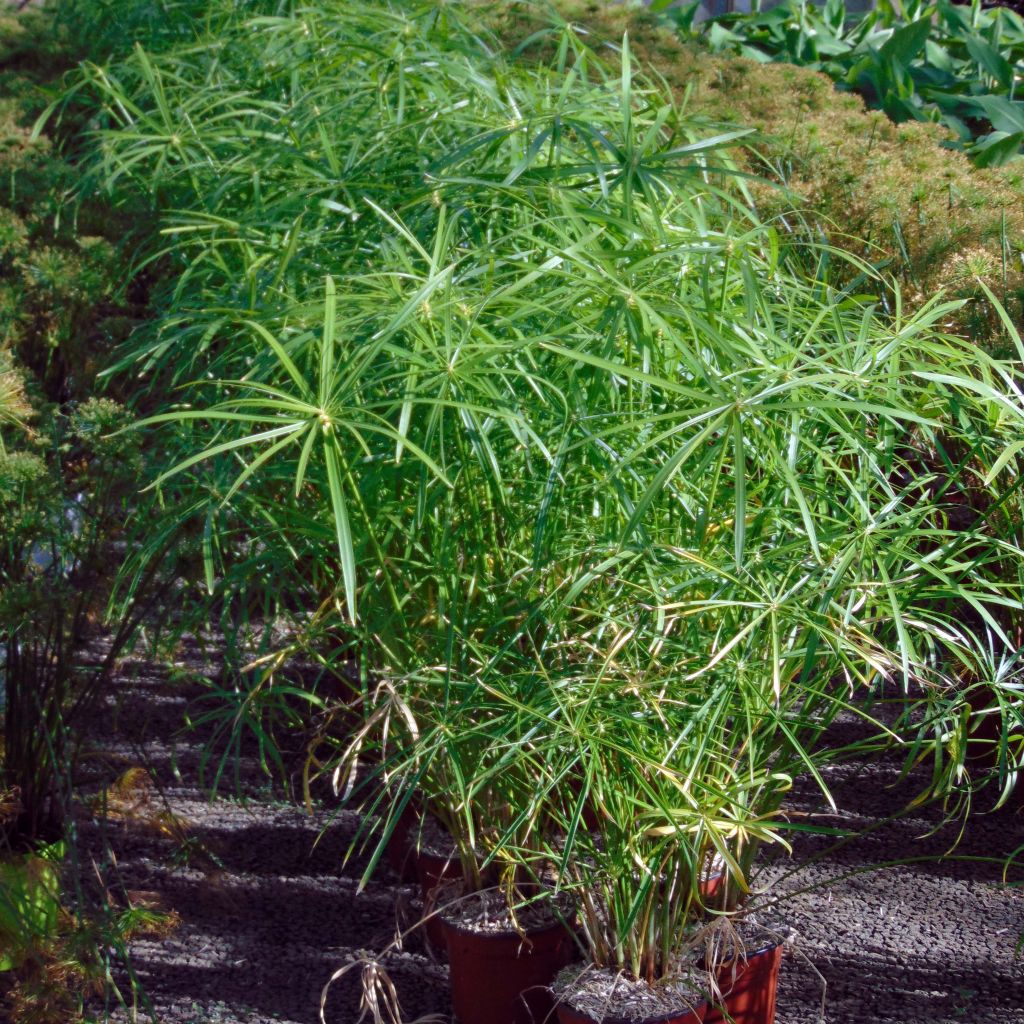

Cyperus alternifolius - Umbrella Papyrus
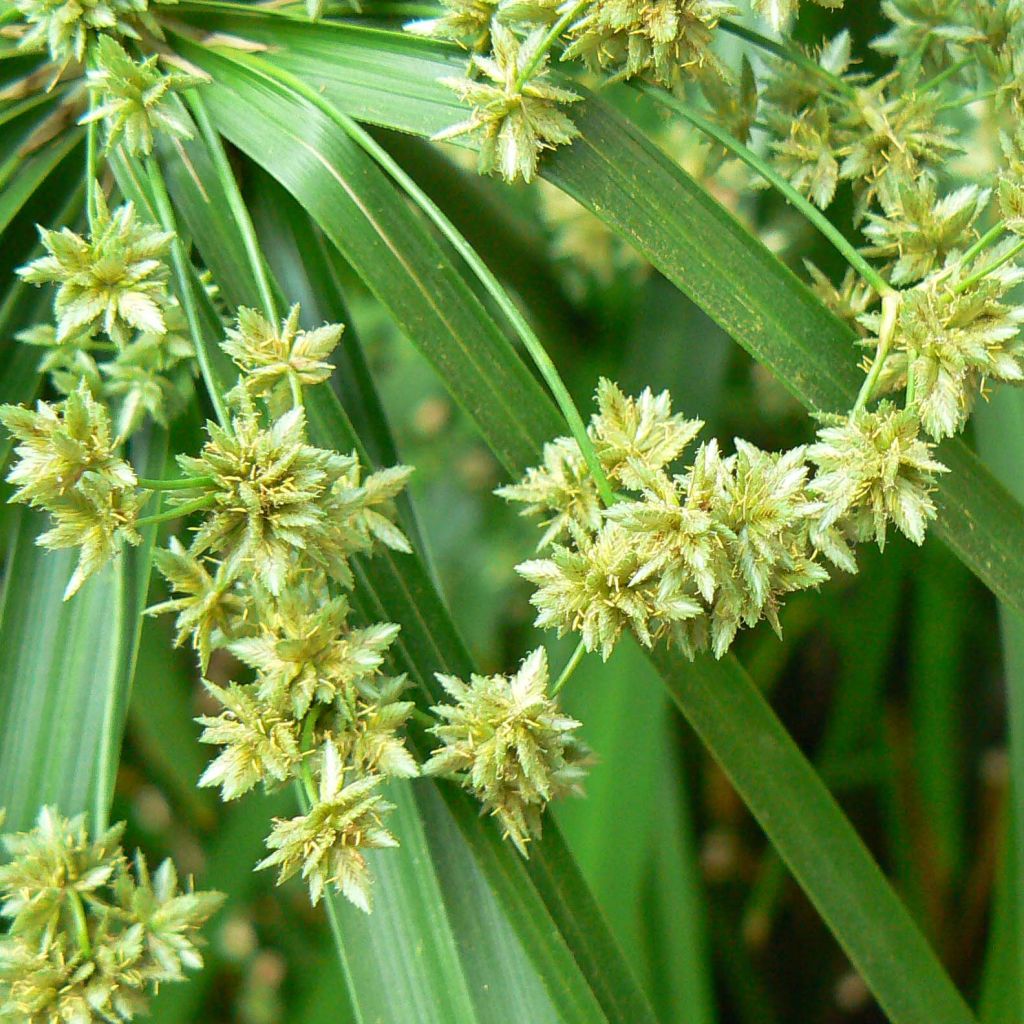

Cyperus alternifolius - Umbrella Papyrus
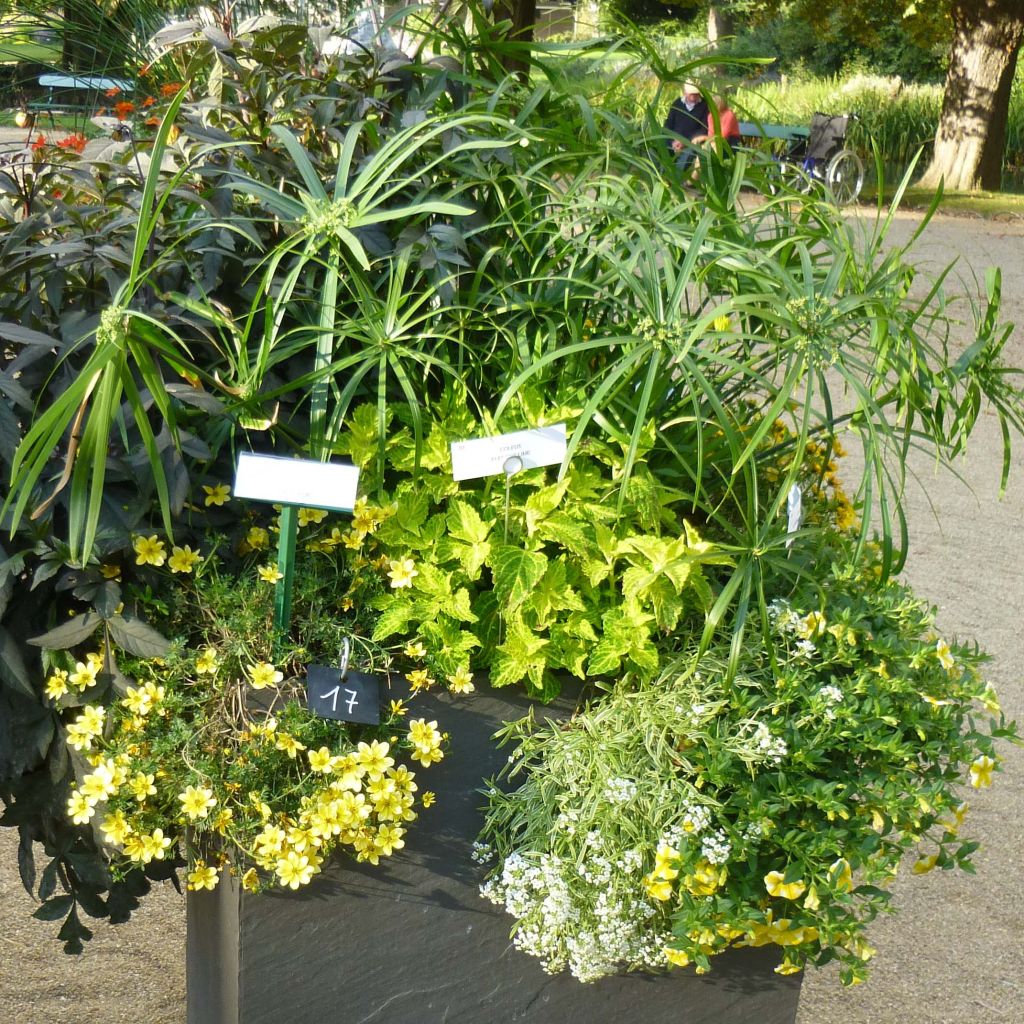

Cyperus alternifolius - Umbrella Papyrus
Cyperus alternifolius - Umbrella Papyrus
Cyperus alternifolius
umbrella papyrus, umbrella grass
The papyrus plants have passed away! Well, what else can I say? ...
miguel, 26/08/2024
Special offer!
Receive a €20 voucher for any order over €90 (excluding delivery costs, credit notes, and plastic-free options)!
1- Add your favorite plants to your cart.
2- Once you have reached €90, confirm your order (you can even choose the delivery date!).
3- As soon as your order is shipped, you will receive an email containing your voucher code, valid for 3 months (90 days).
Your voucher is unique and can only be used once, for any order with a minimum value of €20, excluding delivery costs.
Can be combined with other current offers, non-divisible and non-refundable.
Home or relay delivery (depending on size and destination)
Schedule delivery date,
and select date in basket
This plant carries a 6 months recovery warranty
More information
We guarantee the quality of our plants for a full growing cycle, and will replace at our expense any plant that fails to recover under normal climatic and planting conditions.
Does this plant fit my garden?
Set up your Plantfit profile →
Description
The alternate-leaved Cyperus, also known as Papyrus or alternate-leaved Nutsedge, is a beautiful large perennial that thrives in moist soils and mild climates. With its unique silhouette composed of long stiff stems topped with bracts gathered in an umbrella shape it bears a resemblance to its cousin the Nile Papyrus, but it has a more modest growth, a stiffer appearance, and a greater ability to withstand often dry interior atmospheres. Growing this evergreen and frost-sensitive perennial in open ground is only possible in the mildest regions without any risk of severe frost.
The alternate-leaved Cyperus, also known as umbrella papyrus or umbrella grass, belongs to the family Cyperaceae. It is native to marshy areas of Madagascar and requires constantly moist soil. Today it is cultivated in all temperate regions for its ornamental qualities, particularly as a houseplant.
This exuberant semi-aquatic plant develops numerous leafless, stiff stems from its rhizomes, reaching a height of about 1m (3.3 ft) in our climates. It spreads laterally, in theory without any limit. Each stem bears a relatively narrow crown composed of straight and relatively thin radiating bracts, in a vibrant green color. In spring, a small inflorescence appears at the center of each crown composed of tiny pale yellow flowers that turn brown in summer when ripe. These flowers give rise to seeds that are dispersed by the wind. The Cyperus or Papyrus reproduces through the dissemination of its seeds and vegetatively through the lateral growth of its rhizomes. Unlike true Nile Papyrus, it can be easily propagated by immersing its heads in water.
The alternate-leaved Cyperus, a wonderful waterside plant in very mild climates, also makes a beautiful terrace or indoor plant, very easy to cultivate as long as the soil in which it is planted remains consistently moist. It will be marvelous around a raised pond on a terrace, in the company of e.g. Rhodocoma gigantea, another splendid Restio. These luxuriant perennials will charm enthusiasts of beautiful lush and exotic plants due to their bamboo-like silhouette or their monumental clusters of large feathery plumes. Imperial as a standalone plant, it is also a guranteed success combined in open ground or in a pot with purple or green-leaved cannas, bamboo, Nandina, Dierama, persicaria, or even Gomphostigma virgatum.
Properties: Cyperus are air-purifying plants for confined atmospheres.
Cyperus alternifolius - Umbrella Papyrus in pictures
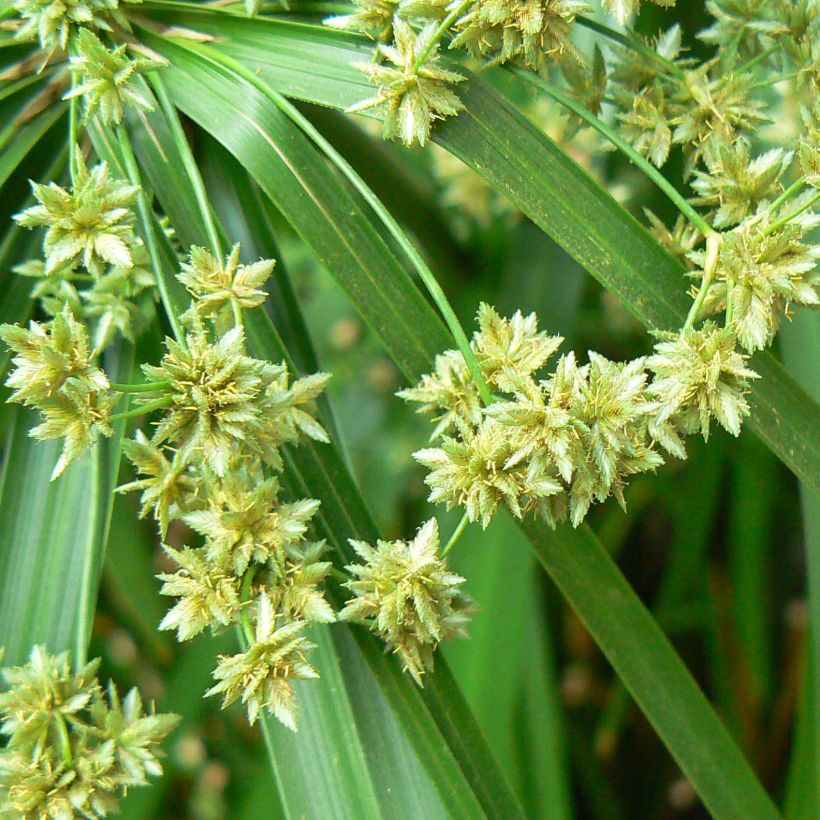

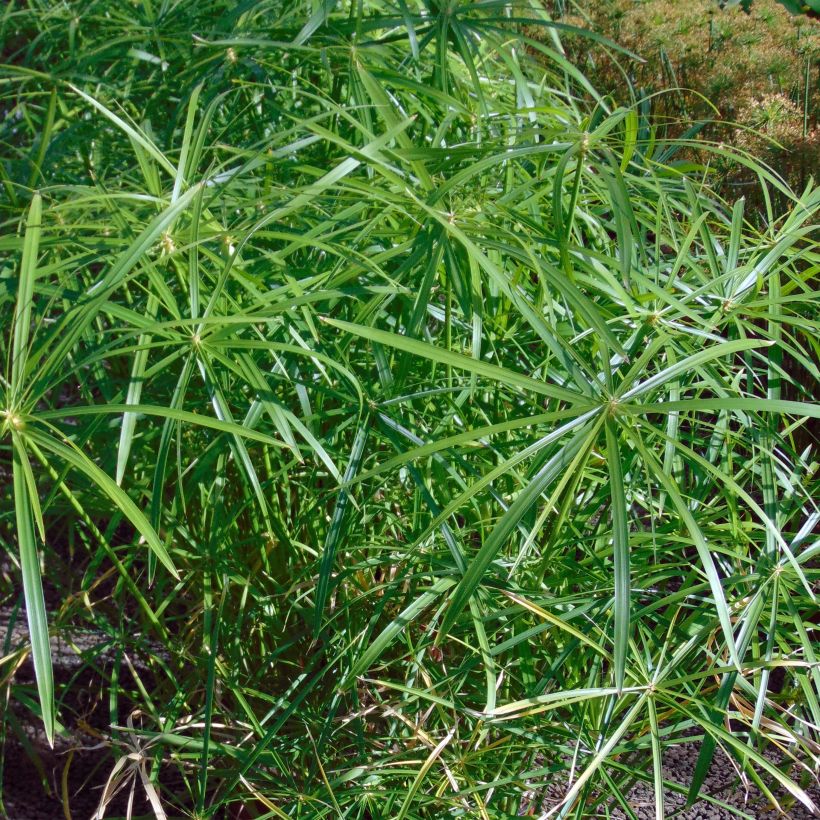

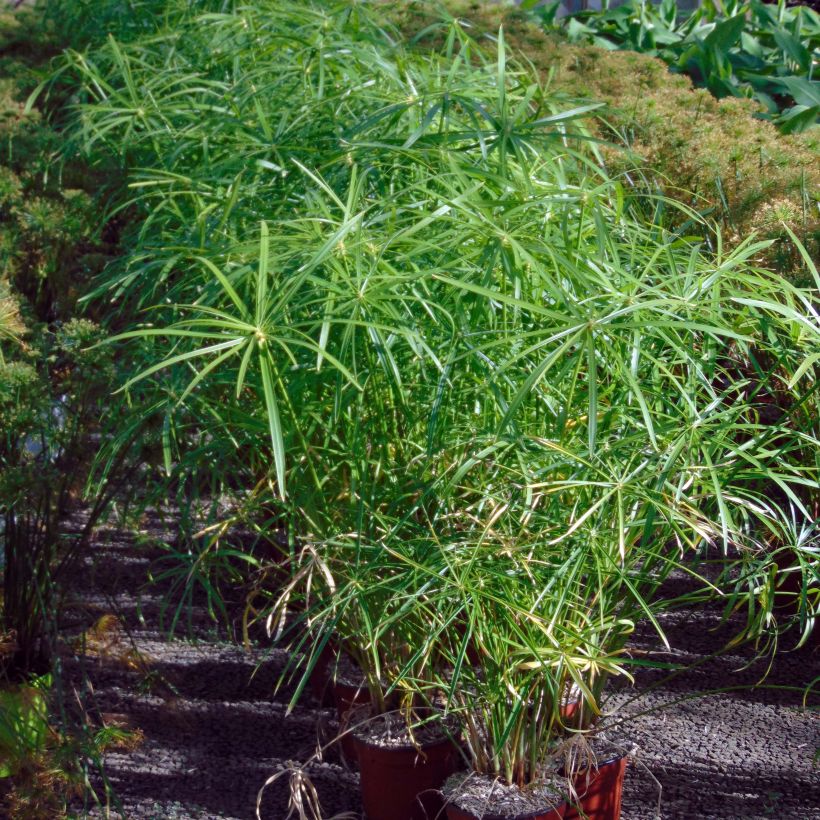

Flowering
Foliage
Plant habit
Botanical data
Cyperus
alternifolius
Cyperaceae
umbrella papyrus, umbrella grass
Madagascar
Other Cyperus
View all →Planting and care
Plant Cyperus alternifolius in a very sunny location, in a mixture of potting soil and garden soil kept consistently moist, for example by placing a deep saucer filled with water underneath the pot. From April to the end of September, apply liquid fertiliser twice a month. Prune the dry stems away in November. Overwinter your Papyrus in a frost-free and very sunny location, with little or no heating. If you grow Papyrus indoors it is sometimes useful to mist its foliage from time to time, due to often very dry interior atmospheres. During the warm season, from April-May to October, your potted Papyrus can be displayed on the terrace or balcony, in full sun. Exposing it to direct sunlight should be done gradually, to prevent burning the foliage after winter. Divide your papyrus when it becomes too large, and give some as gifts to your friends and neighbours. Keep an eye out for the appearance of whiteflies or red spiders indoors. These pests thrive in dry and warm environments.
In the ground, if temperatures do not drop too low in winter, the submerged stump can survive and the plant can regenerate the following spring. Away from mild climates it is essential to grow Papyrus in a pot.
Multiply by dividing the stumps from spring to summer or, also very easily, propagate the tips of stems by turning upside down and submerging in water.
Planting period
Intended location
Care
Planting & care advice
-
, onOrder confirmed
Reply from on Promesse de fleurs
Similar products
Haven't found what you were looking for?
Hardiness is the lowest winter temperature a plant can endure without suffering serious damage or even dying. However, hardiness is affected by location (a sheltered area, such as a patio), protection (winter cover) and soil type (hardiness is improved by well-drained soil).

Photo Sharing Terms & Conditions
In order to encourage gardeners to interact and share their experiences, Promesse de fleurs offers various media enabling content to be uploaded onto its Site - in particular via the ‘Photo sharing’ module.
The User agrees to refrain from:
- Posting any content that is illegal, prejudicial, insulting, racist, inciteful to hatred, revisionist, contrary to public decency, that infringes on privacy or on the privacy rights of third parties, in particular the publicity rights of persons and goods, intellectual property rights, or the right to privacy.
- Submitting content on behalf of a third party;
- Impersonate the identity of a third party and/or publish any personal information about a third party;
In general, the User undertakes to refrain from any unethical behaviour.
All Content (in particular text, comments, files, images, photos, videos, creative works, etc.), which may be subject to property or intellectual property rights, image or other private rights, shall remain the property of the User, subject to the limited rights granted by the terms of the licence granted by Promesse de fleurs as stated below. Users are at liberty to publish or not to publish such Content on the Site, notably via the ‘Photo Sharing’ facility, and accept that this Content shall be made public and freely accessible, notably on the Internet.
Users further acknowledge, undertake to have ,and guarantee that they hold all necessary rights and permissions to publish such material on the Site, in particular with regard to the legislation in force pertaining to any privacy, property, intellectual property, image, or contractual rights, or rights of any other nature. By publishing such Content on the Site, Users acknowledge accepting full liability as publishers of the Content within the meaning of the law, and grant Promesse de fleurs, free of charge, an inclusive, worldwide licence for the said Content for the entire duration of its publication, including all reproduction, representation, up/downloading, displaying, performing, transmission, and storage rights.
Users also grant permission for their name to be linked to the Content and accept that this link may not always be made available.
By engaging in posting material, Users consent to their Content becoming automatically accessible on the Internet, in particular on other sites and/or blogs and/or web pages of the Promesse de fleurs site, including in particular social pages and the Promesse de fleurs catalogue.
Users may secure the removal of entrusted content free of charge by issuing a simple request via our contact form.
The flowering period indicated on our website applies to countries and regions located in USDA zone 8 (France, the United Kingdom, Ireland, the Netherlands, etc.)
It will vary according to where you live:
- In zones 9 to 10 (Italy, Spain, Greece, etc.), flowering will occur about 2 to 4 weeks earlier.
- In zones 6 to 7 (Germany, Poland, Slovenia, and lower mountainous regions), flowering will be delayed by 2 to 3 weeks.
- In zone 5 (Central Europe, Scandinavia), blooming will be delayed by 3 to 5 weeks.
In temperate climates, pruning of spring-flowering shrubs (forsythia, spireas, etc.) should be done just after flowering.
Pruning of summer-flowering shrubs (Indian Lilac, Perovskia, etc.) can be done in winter or spring.
In cold regions as well as with frost-sensitive plants, avoid pruning too early when severe frosts may still occur.
The planting period indicated on our website applies to countries and regions located in USDA zone 8 (France, United Kingdom, Ireland, Netherlands).
It will vary according to where you live:
- In Mediterranean zones (Marseille, Madrid, Milan, etc.), autumn and winter are the best planting periods.
- In continental zones (Strasbourg, Munich, Vienna, etc.), delay planting by 2 to 3 weeks in spring and bring it forward by 2 to 4 weeks in autumn.
- In mountainous regions (the Alps, Pyrenees, Carpathians, etc.), it is best to plant in late spring (May-June) or late summer (August-September).
The harvesting period indicated on our website applies to countries and regions in USDA zone 8 (France, England, Ireland, the Netherlands).
In colder areas (Scandinavia, Poland, Austria...) fruit and vegetable harvests are likely to be delayed by 3-4 weeks.
In warmer areas (Italy, Spain, Greece, etc.), harvesting will probably take place earlier, depending on weather conditions.
The sowing periods indicated on our website apply to countries and regions within USDA Zone 8 (France, UK, Ireland, Netherlands).
In colder areas (Scandinavia, Poland, Austria...), delay any outdoor sowing by 3-4 weeks, or sow under glass.
In warmer climes (Italy, Spain, Greece, etc.), bring outdoor sowing forward by a few weeks.






























